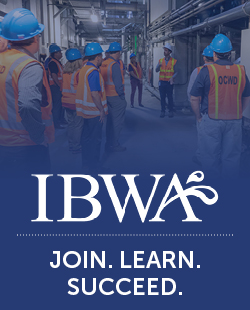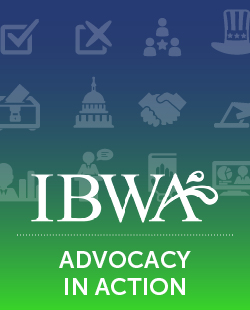BOTTLED WATER & PFAS
BOTTLED WATER & PFAS
Currently, there are no U.S. Food and Drug Administration (FDA) Standards of Quality (SOQs) or testing requirements for per- and polyfluoroalkyl substances (PFAS) in bottled water. However, while not mandated by law, IBWA requires its members to test their bottled water products annually for PFAS, using EPA Method 537.1. In addition, IBWA has established stringent SOQs for PFAS that all bottler members must meet.
These actions underscore the commitment of IBWA members to always provide consumers with the safest and highest quality bottled water products. Testing for PFAS provides consumers, local and state governments, and disaster and emergency relief personnel further assurance that bottled water is a safe and convenient product for everyday use and in times of need when tap water is compromised.
IBWA SOQs for its members
IBWA established the following SOQs for PFAS in member company bottled water products:
- 5 parts per trillion (ppt) for one PFAS
- 10 ppt for more than one PFAS
Processes and practices used in producing bottled water, such as source protection, reverse osmosis, and carbon filtration, greatly reduce the likelihood that PFAS would be found in bottled water. If it is, IBWA members have access to association-supplied guidance materials for monitoring and controlling PFAS levels in bottled water.
In late 2019, IBWA sent a letter to FDA asking it to issue a SOQ regulation for PFAS in bottled water. FDA responded to IBWA’s letter stating that the agency would not issue a PFAS regulation at this time. FDA also said it believes that “establishing SOQs for PFAS in bottled water at this time would not significantly enhance FDA’s mission of public health protection.”
However, FDA said that it would continue to monitor any action by EPA on establishing PFAS maximum contaminate levels (MCLs) for public drinking water. Under federal law, bottled water regulations must be as protective of the public health as tap water regulations. If EPA issues a PFAS regulation for tap water, FDA is required to review the EPA rule and determine its applicability to bottled water.
For more information on FDA’s research and investigation of PFAS in foods and beverages, see “Statement on FDA’s scientific work to understand per- and polyfluoroalkyl substances (PFAS) in food, and findings from recent FDA surveys.”
PFAS background
PFAS are a group of man-made chemicals that includes PFOA, PFOS, GenX, and many other chemicals. PFAS have been manufactured and used in a variety of industries around the globe, including in the United States, since the 1940s (not bottled water companies). PFOA and PFOS have been the most extensively produced and studied of these chemicals.
Both chemicals are very persistent in the environment and in the human body—meaning they don’t break down and can accumulate over time. There is evidence that exposure to PFAS can lead to adverse human health effects.
PFAS can be found in the following:
- Food packaged in PFAS-containing materials, processed with equipment that used PFAS, or grown in PFAS-contaminated soil or water.
- Commercial household products, including stain- and water-repellent fabrics, nonstick products (e.g., Teflon), polishes, waxes, paints, cleaning products, and fire-fighting foams (a major source of groundwater contamination at airports and military bases where firefighting training occurs).
- Workplaces that use PFAS, including production facilities or industries (e.g., chrome plating, electronics manufacturing, or oil recovery).
- Tap water, typically localized and associated with a specific facility (e.g., manufacturer, landfill, wastewater treatment plant, firefighter training facility).
- Living organisms, including fish, animals, and humans, where PFAS can build up and persist over time.


